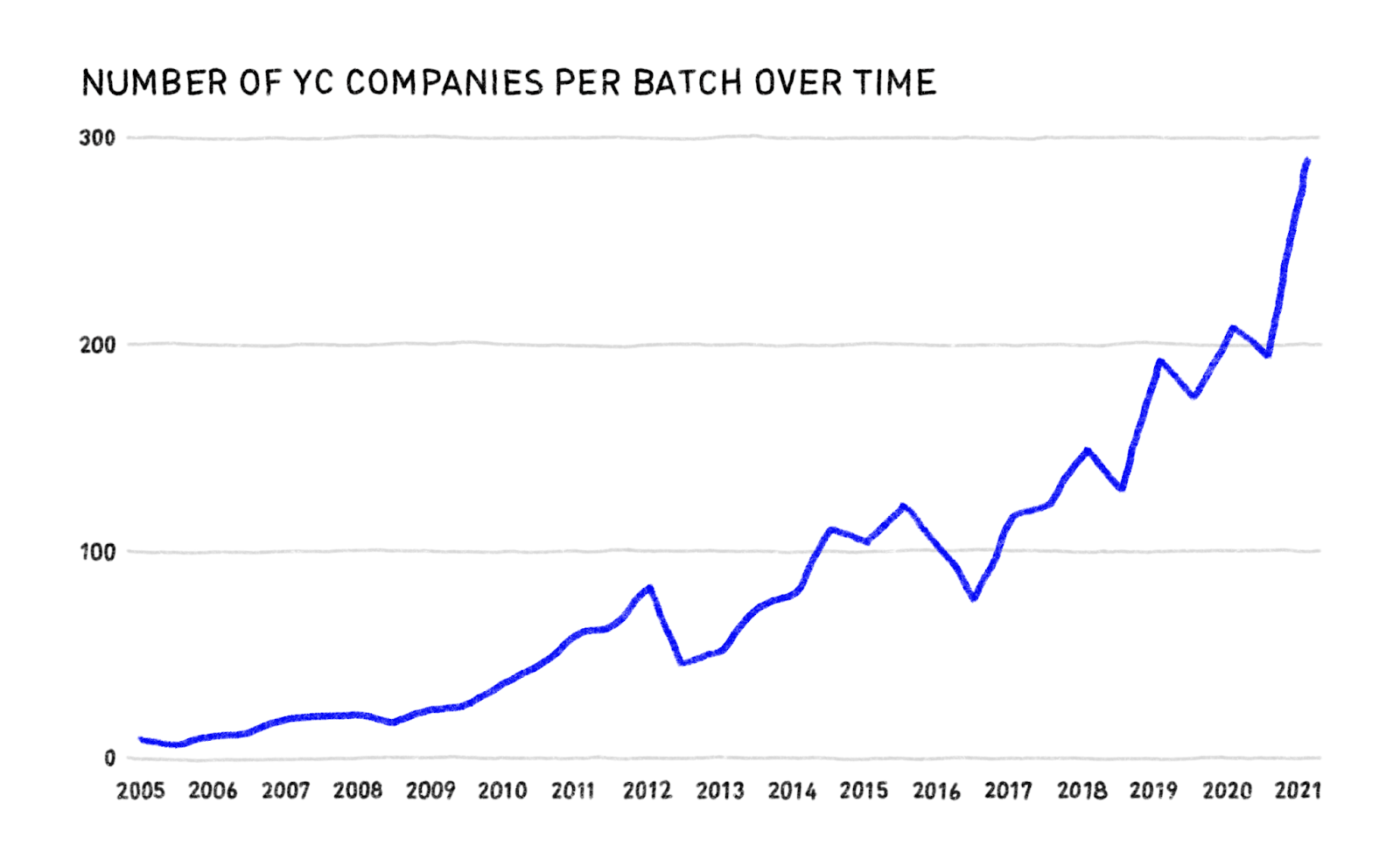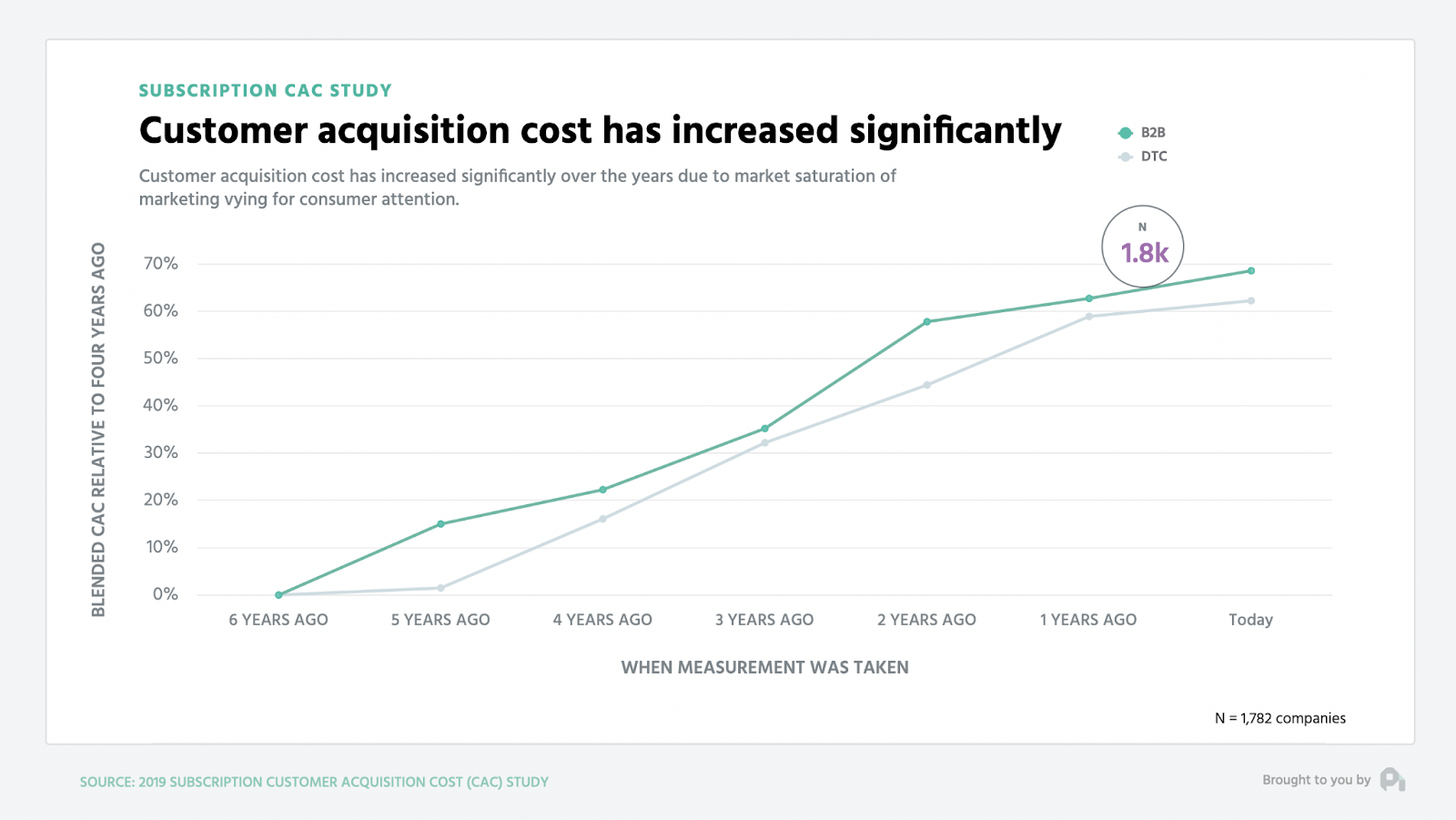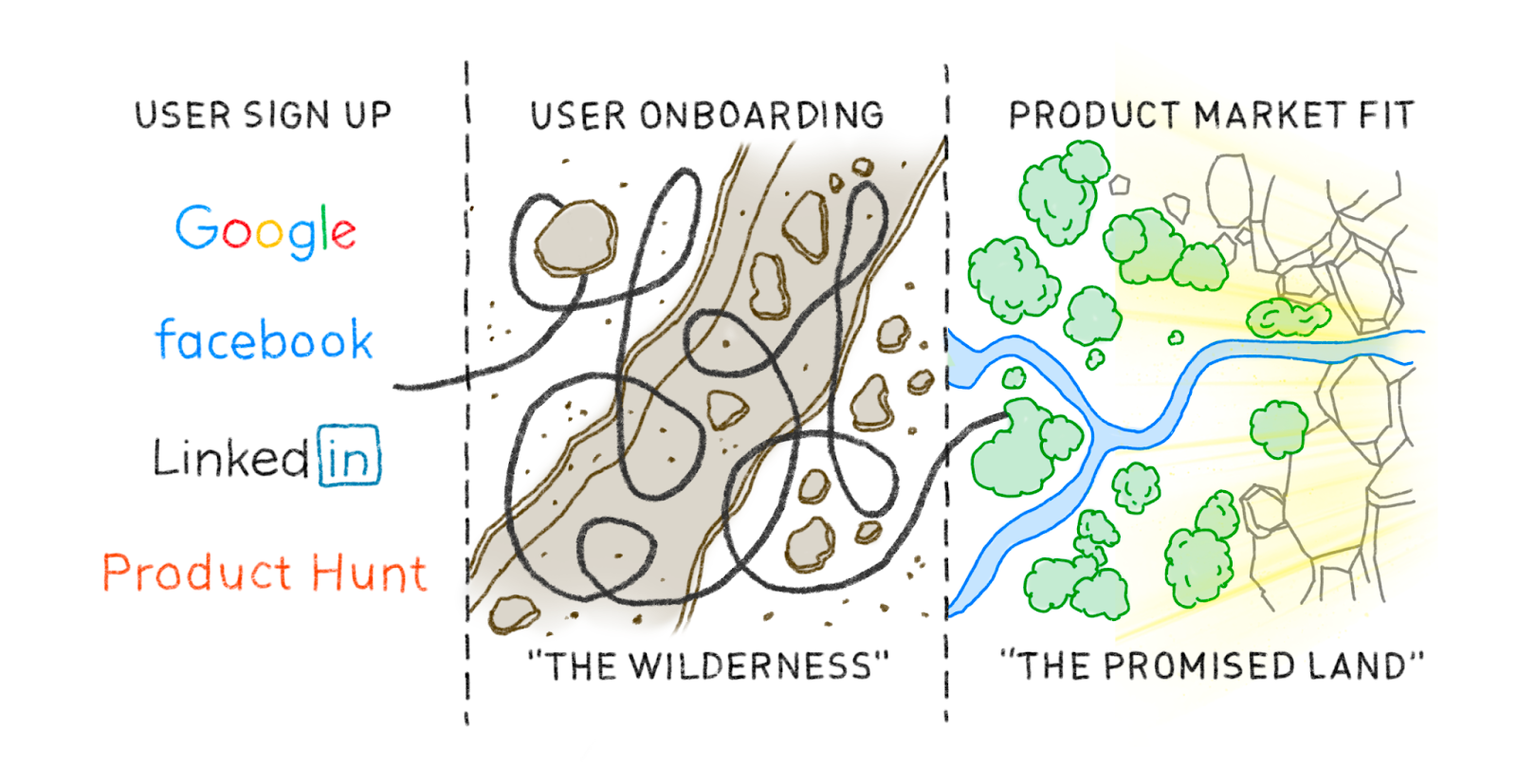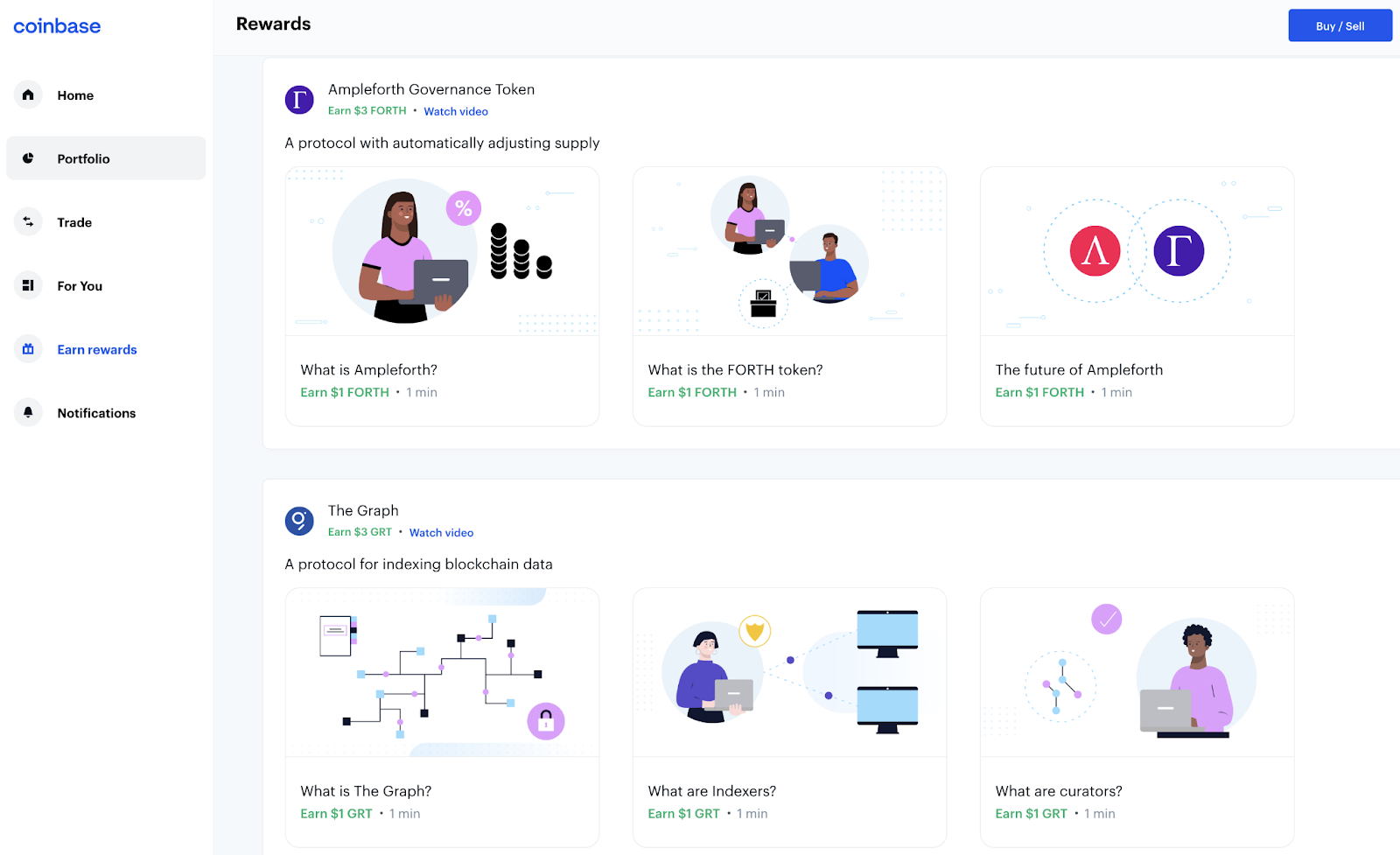John Chen
More posts from John Chen
By the time I joined Box in late 2012, the “consumerization of the enterprise” movement was well underway. The playbook was clear: The lessons and tactics from the rise of consumer apps — viral loops, social referrals, frictionless onboarding — could be distilled, packaged and ported over to enterprise.
And the promise was subversive — great products could galvanize a loyal user base and wrest free the fates of multimillion-dollar contracts from suited salespeople peddling unusable software behind closed doors.
A decade later, this promise has largely proven true. The consumer playbook contributed to the meteoric rise of Slack, Zoom, Airtable and others, specifically around user acquisition and onboarding. They are beautiful products that are discovered from the bottom up, self-serve, free to start and pay as you grow.
But while this might seem like one of the best times to build a SaaS company, one look at Product Hunt might paint a different story. For every success story like Airtable, there are a dozen lookalikes employing the same consumer-inspired playbook that are getting drowned out.
And for any first-mover startup in a new category thinking they’re reaching escape velocity, there are a dozen copycats in YC waiting around the corner, complete with their beautifully designed apps, and the promise of being “blazingly fast and delightfully simple.”

Conventional wisdom suggests that many of these newcomer apps will fall short because they don’t clearly communicate their differentiation, or their signup process isn’t streamlined enough, or they have poor documentation and tutorial videos, or they haven’t courted the right influencers on Twitter, or just plain poor execution.
While some (or all) of these might be true on the individual app level, there is something bigger happening on the aggregate level, and it comes back to one insidious assumption carried over from the consumer playbook: the myth of frictionless onboarding.
The reality is that onboarding is never frictionless. In fact, it’s quite the opposite — it demands that the user uproot their old habits and switch to this new way of being or doing. Just like with a new fitness program, participants feel good after completing the workout, but it takes a lot of activation energy to start and hard work to get there. Similarly, it takes work on the user’s part to get results, and most apps expect users to do this work for free.
But in a crowded marketplace with infinite alternatives, the only way to capture and hold a user’s attention is to directly incentivize them to experience the product, not just be exposed to it. Today’s growth playbook overindexes on spending ad dollars (with diminishing returns) to get premium placement and eyeballs on Google, Facebook or Product Hunt, but very few have tried putting those dollars to work toward ensuring users are actually having the experience they are supposed to.

To do this, SaaS needs to take a page out of the crypto playbook. So while the past decade of the consumerization of SaaS has taught us how to more effectively get in front of users, this next decade will be about the cryptofication of SaaS and how to properly incentivize users to do the necessary work to have the right experience with your product.
The myth of frictionless onboarding
Stepping back, it is important to acknowledge that the consumer playbook has inspired many positive changes in the B2B software landscape beyond user acquisition. It has had a tremendous impact on usability and design for onboarding as well. However, many of these lessons have been taken out of context and oversimplified.
There is a widely held belief that if users churn during onboarding, it’s because you haven’t created a product that is “consumer-grade” enough. You should go back and rethink how to create an “effortless” user flow — reduce the number of clicks to get to a-ha, redesign the sidebar, make the important buttons bigger.
While good design principles are important, the problem is fundamentally deeper, and the solution requires a wholesale rewrite of how we think about user onboarding.
SaaS apps are becoming easier to build and get to market, but that does not mean they are easier to use. So how does a new startup have a fighting chance of getting users to their “magic moment” in an increasingly crowded marketplace of incumbents and other newcomers?
While the consumer playbook has inspired SaaS and enterprise products in the right direction toward better usability and product design, there will always be friction in learning a new product, especially ones in the enterprise involving teams and mapping complex processes.
If products have magic moments where each step of a user’s journey flows effortlessly into the next, leading to success and understanding, products also have “muddled moments” that stop the users in their tracks. Flow is interrupted and the user is forced to make a difficult decision:
- Who should I invite on my team to try this tool with me?
- Is it safe to connect my email account? Or auth in with these other services? Will they protect my data?
- I need to upload a CSV with my existing data, but what needs to be included? Is the data clean and updated?
- I’m a project manager, but I need help from the engineering or data teams to deploy this snippet into the code base.
In a world where there is a surplus of alternatives for every job to be done, the scarce resource is not content, tooling, or hacks and tricks — it’s attention. And attention needs to be subsidized and incentivized for users to be willing to wander in the wilderness with your product long enough to enter the promised land of “a-ha” and product market fit.

We need an entirely different solution that rewards users for overcoming the muddled moments, putting in the work to understand the “a-ha,” and giving a shot to the long tail of newcomers. This is the only way startups have a fighting chance. And to do this, SaaS needs to take a page out of the crypto playbook.
The price of a-ha
Before we get into how to solve this, it’s worth taking a deeper look into why mapping the consumer playbook onto enterprise doesn’t always work.
There is a direct correlation between the cognitive load that a user must invest in learning a tool and their time to a-ha (the moment they experience success with the product).

While the consumer playbook has helped enterprise tools like Trello start with single player, there is likely no amount of content or guided walkthroughs that can reduce the friction of becoming successful on a Salesforce or Looker.
And another inconvenient fact: Users are lazy, and it requires work to learn and become successful on new tools.
If you are a new startup going up against Salesforce and Looker, here are the range of options available today to ensure user and customer success:
| Onboarding tactic | Shortcoming(s) |
| Salesperson + demo environment + customer success onboarding |
|
| White glove onboarding (Superhuman, Grain.co, Mem.ai) |
|
| Guided tours + demo videos (WalkMe, Pendo) |
|
| Wikis (Confluence, Notion, Guru, etc.) |
|
| Contact us/ask for help (Intercom + Drift) |
|
| Push notifications + email drip campaigns (i.e., email series teaching you about most important features) |
|
| Better product design (fewer clicks, etc.) |
|
Again, while all of these have been important innovations in making SaaS tools more accessible, they may not be sufficient in today’s crowded marketplace.
But this is not to say that there is no hope. Just like a student can be satisfied after conquering a hard math problem, someone can experience the same satisfaction from learning and finding success with a new tool, but both require attention and a willingness to wrestle with a complex problem. This is what will fill the wide chasm between a user acquired and a user retained.
The power of the direct incentive
Studies show that simply paying people to stop smoking is three times more effective than any other method, including the vast sums of money spent on ads and education campaigns. (Punishing them by fining them is even more effective, but harder to get past HR in the workplace).
Similarly, B2B companies today are spending inordinate amounts of money bidding for keywords and user segments on Google and LinkedIn, hoping that their five-word headline will catch a user’s fleeting attention and drive them to the front door.
Once they get to the front door, why not pay a bit extra to ensure that users stay long enough to experience the value? And why not directly reward them for doing so?
The idea of directly incentivizing users is not new. It’s been a popular idea in crypto circles for some time — the vision of a new internet not beholden to monopoly tech giants where users control and monetize their own data has been a common rallying cry in the crypto community.
However, no one has applied this logic to enterprise. In the enterprise case, it’s not about divesting from the evil attention-harvesting overlords, but rather solving the problem of how you incentivize people to pay attention to the long tail of new tools long enough to give them a fighting chance.
A great analog for this is Earn.com. Cold emails from random people are a great example of long-tail requests that most busy and important people will most definitely ignore. But what happens when you get paid $50 to answer that email? Or $500? Suddenly that long tail becomes more interesting.

Earn.com’s post-Coinbase acquisition has been another interesting evolution of the product solving the same problem — incentivizing users to learn about and pay attention to the long tail of new crypto assets. But it suffers the same problem that SaaS does — a crowded marketplace with products that require a high cognitive load and user investment to understand. Even the nerdiest of the tech elite likely can’t tell you the nuanced differences between Stellar Lumens, Celo and The Graph.
So how does Coinbase solve this? While today’s implementation is quite simple — watch videos and answer multiple-choice questions to earn tokens — this same concept can be applied to SaaS onboarding and more complex actions such as uploading a CSV file with existing data, inviting a teammate or authenticating third-party services.
A new way to onboard: “Earn.com + Pendo for SaaS”
Putting all of this together: There is an opportunity to build a company that marries a software platform that helps companies design different steps in an onboarding experience (i.e., Pendo/WalkMe) with a universal incentives layer that directly rewards users for completing each of those steps (Earn.com). SaaS companies can decide how much each action is worth, and this platform will be the orchestration layer to account for and disburse rewards to users.
Again, the target audience is not just successful companies, but the long tail of new startups and apps that might not get a fair shot because of the higher cognitive load of learning a new product. While not every user is going to convert, this will at least ensure that someone who already uses Salesforce as a CRM might take a second look at Streak or Affinity (and perhaps even be incentivized to go through the entire onboarding flow to understand the a-ha).
While this is a crypto-inspired concept, it does not necessarily have to be a crypto company. A couple of nuances to note about a successful implementation:
- The incentives need to live on a universal layer across all apps and be redeemable for real world value (either cash or cash equivalent).
Airtable and ClickUp have already experimented with offering incentives to users for completing certain actions (creating their first table, or using a canned template), but they only work within their apps as credits to offset the cost of the software, which doesn’t necessarily appeal to users with corporate credit cards. Points/tokens should be valuable and redeemable outside their platform for cash or cash equivalents (gift cards, etc.). - This point/token system does not necessarily need to live on a decentralized blockchain.
Without diving too deep in the crypto rabbit hole, the reason you would want decentralization is redundancy and immutability (i.e., because multiple parties have a record of the database, no one entity can arbitrarily change the rules or value of your assets). However, in this case, the goal is to incentivize users to complete each step of a product journey to understand the a-ha of that product, not to grow or protect the value of the rewards they earn. So while it is true that, theoretically, the centralized entity hosting this could change the rules on points already earned (just like airlines devalue points by changing redemption values after flyers have earned their miles), this is still an open marketplace because new apps can adjust by offering higher incentives. It’s also worth noting that the cost to host and maintain this system on a decentralized blockchain would be much greater because of the need to pay for and incentivize validators, etc., which again may be unnecessary considering that the ultimate goal is to incentivize users, not protect the value of their tokens or points. - Points/tokens should have a fixed value and should not be able to be traded on the open market.
Companies should have fixed and predictable costs when assigning value to a desired action. For example, if a company assigns 1 point/token worth $1 for uploading a CSV today, it shouldn’t cost $5 tomorrow for that same action because the value of the token appreciated on the open marketplace). Companies are free to increase their rewards and “bid higher” for someone’s attention in their product.

This marriage of an onboarding experience software platform with a universal incentive layer could be game-changing for new startups looking to earn the attention of busy users.
Furthermore, at these earlier stages, dollars spent getting users inside and experiencing the value of your product are better than dollars spent getting incrementally better placement in the crowded ad marketplaces next to other lookalikes or incumbents.
While we’ve mainly focused on bottoms-up onboarding, this concept can still be valuable for onboarding users after a top-down sale into larger enterprises. For example, if Box recently sold an annual contract into Company A, activating those users will be key when it comes time for renewal. Directly incentivizing employees to onboard or reengage could meaningfully impact retention for larger enterprise deployments.
However, it should be made clear that this is not a silver bullet. This will not make every long-tail newcomer startup a winner, but it does ensure that they have a fair shot.
So while the consumerization of enterprise has done a good job of helping drive users to the front door in this last decade, the cryptofication of enterprise and SaaS will drive the next decade of innovation in directly incentivizing users to become successful on applications.































Comment